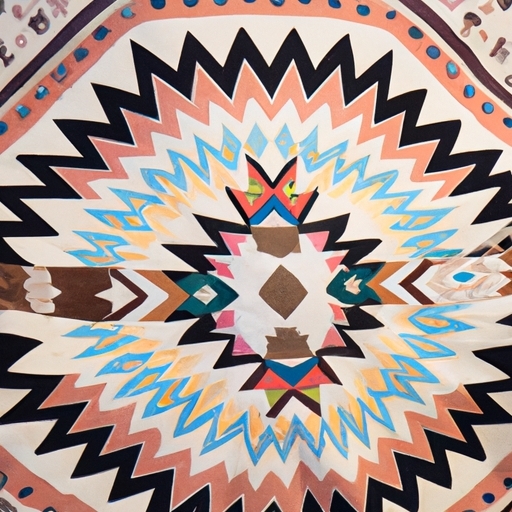
Navajo rug weaving shop
Introduction to Native American art
The history of Navajo rug weaving **starts** centuries ago, with the **indigenous** people of the Southwest region. They **mastered** the art of creating intricate **designs** using a traditional upright loom.
Navajo weavers have passed down **their** knowledge and skills through generations, ensuring that this ancient craft continues to thrive. Each rug tells a story, reflecting the weaver's creativity and cultural heritage.
In modern times, Navajo rug weaving has evolved into a thriving industry, with many weavers selling their creations in shops and galleries across the country. These beautiful rugs are highly sought after for their craftsmanship and unique designs.
Visiting a Navajo rug weaving shop is an opportunity to witness firsthand the skill and dedication that goes into creating these stunning works of art. Whether you are looking to purchase a rug or simply appreciate the beauty of this traditional craft, a visit to a Navajo rug weaving shop is sure to be a memorable experience.